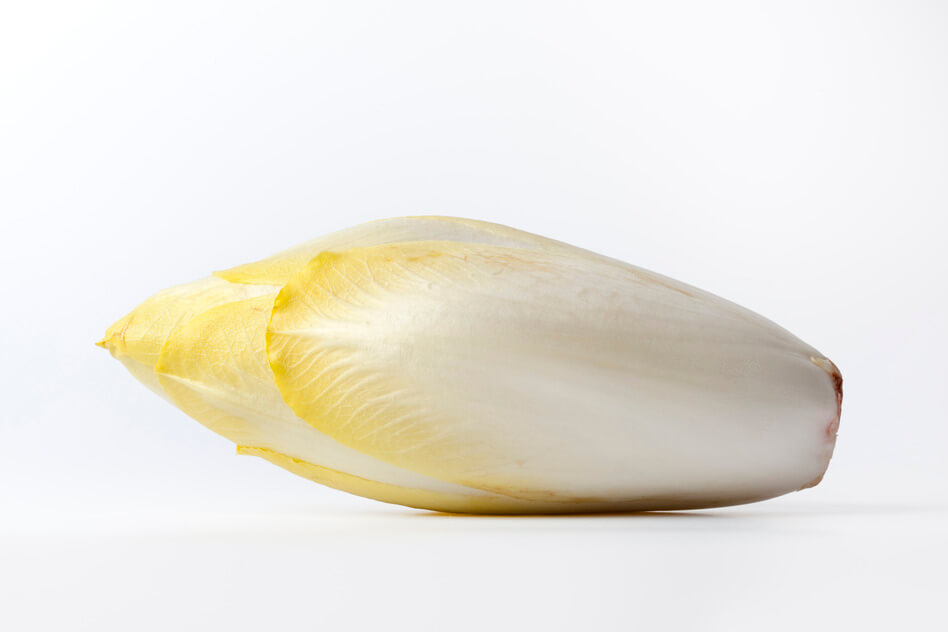Hard to believe. But European coffee history would hardly have been possible without its own coffee substitutes. In fact, coffee substitutes are largely responsible for making coffee popular and a daily beverage.
What were coffee substitutes? The list is endless, reads adventurous, and at times, is bone-dry. Although "bone-dry" might be too kind a description for some of the substitutes. These are products that replaced, substituted for, or diluted coffee, in whole or in part. Here's an excerpt from a list by Mark Pendergrast from Coffee – How One Bean Changed the World : "Almonds, arrowhead, asparagus seeds and stalks, baked horse liver, barberry, barley, beechnuts, beetroot, boxwood seeds, fern, bran, bread crusts, brewing waste, brick dust, burnt rags, burdock, carob, carrot, chickpea, chicory, chrysanthemum seeds, coal ash, cocoa shells, comfrey roots, cranberries, currants, dahlia tubers, dandelion roots, date seeds, earth, dog biscuits, elderberries, <...> sand, sassafras, sawdust <...>." And so on. This list in Pendergrast's work takes up over half a page. Which doesn't even begin to discuss how these surrogates were colored or made to resemble coffee. But that's another chapter and deals with lead, arsenic and dyes, but has little to do with the initial surrogates that helped coffee achieve its extraordinary success.
Historical perspective
The initial situation: While coffee became firmly established in the Islamic world at the latest with the unification of the Arab world by the Ottoman Empire (1520), in Europe we still primarily look at beer and wine jugs. It wasn't until 125 years later that the first coffee house opened in Venice. Others followed in Oxford (1650), Marseille (1659), Bremen (1673), and Vienna (1685).
At that time, coffee was a luxury item, barely affordable for the average citizen. It was consumed in wealthy circles, who served as role models for the people. The Federers and Clooneys of the 17th century, for example, were called Suleiman Aga. This Turkish envoy hosted a coffee ceremony at the court of Louis XIV and delighted his guests. Soon after, coffee became the trendy, upscale product at the European aristocratic courts, the Nespresso of today, so to speak. The common people took their cues from the aristocratic celebrities of the time. They heard about the new beverage from the south and were eager to try it. At first, however, this pleasure was only afforded to a few. Coffee was barely affordable. This made it all the more sought after. What was inevitable happened. On the one hand, resourceful minds invented substitutes, and on the other, true myths soon developed about the new product. From an aphrodisiac to a medicine for expanding the mind, all sorts of things were attributed to coffee. Not only supporters, by the way. Opponents certainly paved the way for its success, too. Some feared that their beverage monopolies (beer, wine) were in jeopardy; others saw the winds of free spirit blowing in the newly emerging coffeehouse culture and feared such an awakening bourgeoisie. Rulers reacted differently from country to country. With bans, restrictions, but also openness to the new beverage—dependant, of course, on whether they themselves maintained colonies that produced the new luxury item.
Where prohibitions prevailed (e.g., Switzerland and Germany), alternatives were sought with even greater creativity. And now we come to the surrogates. Because people wanted to drink the new wonder drink. If necessary, even diluted or a similar alternative. Chicory, or more precisely, its bitter-tasting root, won the race here. Chopped and roasted with sugar beets and fats, it was industrially produced on a larger scale starting in 1769.
A digression into the brand's history would be interesting here, but there's hardly any room for it here. In any case, chicory coffee became known as "Prussian Coffee" under slogans like "Without you, healthy and rich" and "Germans, drink German coffee and stay healthy." Over time, it became part of people's usual diets and replaced beer soup as the morning meal. This was only possible because, unlike real coffee, the surrogate was affordable for the common people.
Coffee substitutes are becoming a habit
The taste of the substitute coffee thus became established in every household. As the production of real coffee grew larger and larger, coffee prices also fell to more affordable levels. And over time, the amount of real coffee in the substitute blends also increased.
Today, we can still consciously choose a surrogate. Many roasters offer special blends for customers. However, in coffee blends described as such, the surrogates should be absent. They usually are. There are exceptions to the rule, too. And of course, not everything that glitters is gold, or that says "coronavirus," "premium," or "specialty." But more on that another time.


























